Heart Disease: A Closer Look at the Different Types and How to Protect Your Heart
Heart disease is something we often hear about, but do we really understand the different types and how they affect our health? Over the years, heart disease has become a leading cause of death worldwide, yet many people remain unaware of the specific conditions that fall under this broad category. From coronary artery disease to heart failure, each type presents unique challenges, but with the right knowledge and lifestyle changes, we can take control of our heart health.

The Many Faces of Heart Disease
There are several different types of heart disease, each affecting the heart in different ways. Some are related to the heart’s ability to pump blood effectively, while others are associated with blockages or damage to the blood vessels that supply the heart muscle. It’s important to understand these conditions so that we can identify symptoms early and take preventive measures.
Atlanta Heart Specialists
atlanta heart specialists
4375 Johns Creek Pkwy #350, Suwanee, GA 30024, USA

1. Coronary Artery Disease (CAD)
Coronary artery disease is one of the most common types of heart disease. It occurs when the arteries that supply blood to the heart muscle become narrowed or blocked by a build-up of plaque. This can lead to chest pain (angina) or even a heart attack. The main risk factors for CAD are smoking, high cholesterol, high blood pressure, and a lack of physical activity. Fortunately, with proper treatment and lifestyle adjustments, the progression of CAD can be slowed down.
2. Heart Attack (Myocardial Infarction)
A heart attack occurs when the blood flow to part of the heart muscle is blocked for an extended period. Without enough blood, the affected heart tissue begins to die, which can lead to permanent damage. Symptoms of a heart attack include chest pain, shortness of breath, dizziness, and nausea. A heart attack can be fatal, but with timely medical intervention, many people survive and go on to live full lives. Early recognition and rapid treatment are key to improving outcomes.
3. Heart Failure
Heart failure doesn’t mean that your heart has stopped working, but rather that it’s not pumping blood as efficiently as it should. This can lead to fluid retention in the lungs and other parts of the body, causing symptoms such as swelling, fatigue, and shortness of breath. Conditions like high blood pressure, coronary artery disease, and diabetes can contribute to heart failure. The good news is that with the right treatment plan, many people with heart failure can lead active, fulfilling lives.
4. Arrhythmias
Arrhythmias are irregular heartbeats that can cause the heart to beat too fast, too slow, or erratically. Some arrhythmias, like atrial fibrillation, can increase the risk of stroke and other complications. While arrhythmias can be alarming, many can be managed with medication, lifestyle changes, or medical procedures like ablation or the implantation of a pacemaker.
How to Protect Your Heart
While heart disease can be a serious condition, the good news is that many forms of heart disease are preventable or manageable with the right lifestyle choices. Here are some steps you can take to protect your heart:
1. Eat a Heart-Healthy Diet
What you eat plays a significant role in your heart health. A diet rich in fruits, vegetables, whole grains, and lean proteins can help maintain healthy cholesterol levels and blood pressure. It’s also important to limit your intake of saturated fats, trans fats, and sodium. By making healthier food choices, you can reduce your risk of developing heart disease.
2. Stay Physically Active
Exercise is one of the best ways to keep your heart in shape. Regular physical activity strengthens the heart muscle, improves circulation, and helps to maintain a healthy weight. Aim for at least 30 minutes of moderate-intensity exercise most days of the week. Whether it’s walking, swimming, or cycling, find an activity you enjoy, and make it a regular part of your routine.
3. Quit Smoking
Smoking is one of the leading causes of heart disease. It damages the blood vessels and decreases the amount of oxygen that reaches the heart. Quitting smoking is one of the best things you can do for your heart. While it can be challenging, the benefits are immediate and long-lasting.
4. Monitor Your Blood Pressure and Cholesterol
High blood pressure and high cholesterol are two major risk factors for heart disease. Regularly checking your blood pressure and cholesterol levels can help you stay on top of your health and identify potential problems early. If your levels are elevated, your doctor may recommend medications or lifestyle changes to bring them back to normal.
5. Manage Stress
Chronic stress can have a negative impact on your heart health. Stress can lead to unhealthy behaviors like overeating, smoking, and not exercising, all of which increase the risk of heart disease. Learning to manage stress through relaxation techniques like meditation, yoga, or deep breathing can help protect your heart.
Personal Story: How I Turned My Heart Health Around
Let me share a personal story with you. A few years ago, I was diagnosed with high blood pressure and high cholesterol. My doctor told me that if I didn’t make some changes, I could be at risk for a heart attack. At first, I was overwhelmed. I had always considered myself fairly healthy, but I realized that I hadn’t been taking my heart health seriously. I started by cleaning up my diet, cutting back on processed foods, and exercising regularly. The results were incredible. Not only did I lose weight and feel more energetic, but my blood pressure and cholesterol levels improved significantly. I even got to the point where I could hike up a mountain without getting winded! Taking control of my heart health completely changed my life.
Heart disease may seem daunting, but with the right knowledge and lifestyle choices, we can take steps to reduce our risk and protect our hearts. By making small changes, we can live longer, healthier lives and enjoy all the activities we love.

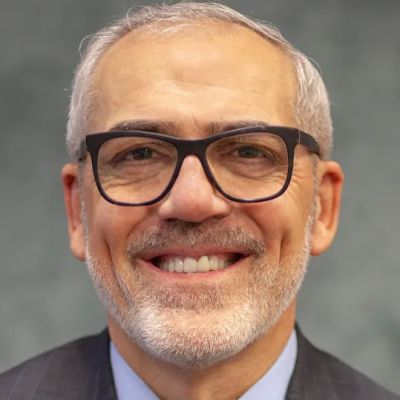
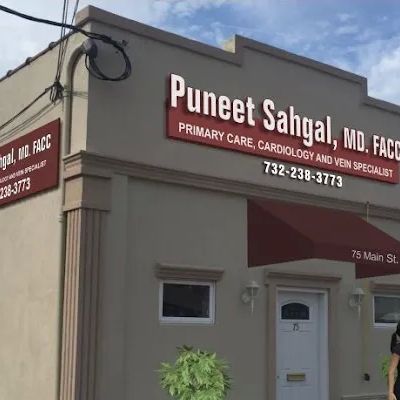


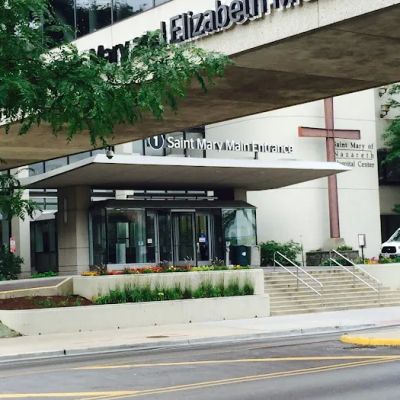
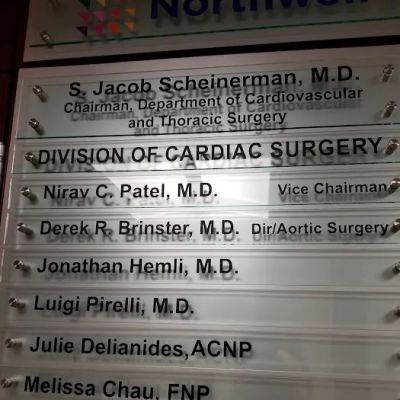

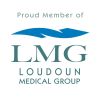












Deborah Heart and Lung Center
deborah heart and lung center
200 Trenton Rd, Browns Mills, NJ 08015, USA